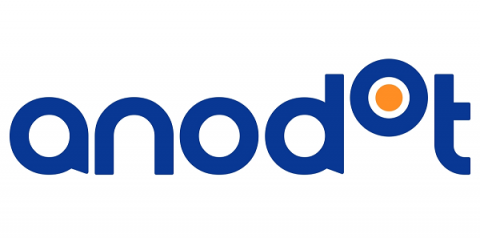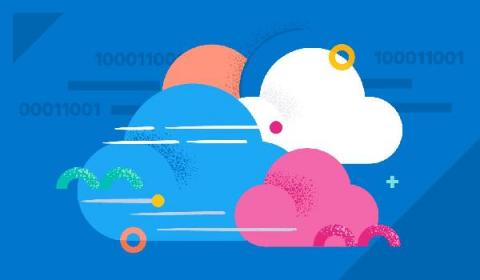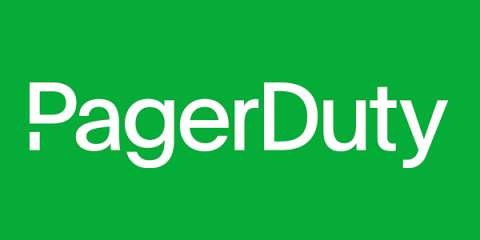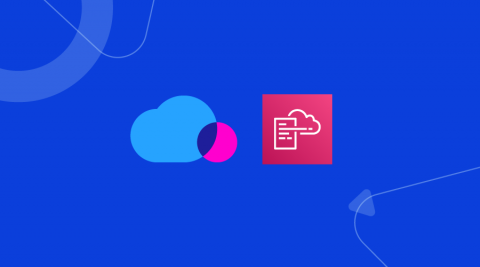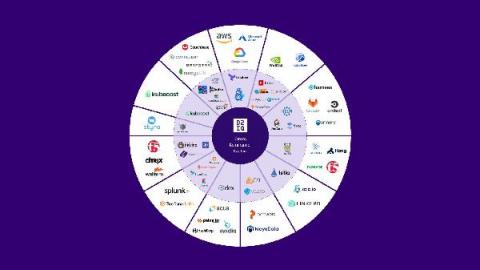Operations | Monitoring | ITSM | DevOps | Cloud
Cloud
The latest News and Information on Cloud monitoring, security and related technologies.
Organizations Grapple with Skyrocketing Cloud Costs, Anodot Survey Finds
The pandemic upended business for many or at the very least cast a grim shade of uncertainty, so, as many took to working from home, they also were commissioned with cutting waste. Among the biggest sources of misspend in 2020 – cloud services. And remote work may have actually spurred the problem, as organizations migrate more applications to the cloud to support these workers.
How to set up Elastic Cloud: Advice from Elastic Support
I hate reinventing the wheel once I find a good setup. On top of that, I dislike searching for all the links I used to come up with the “ultimate setup” for different services. So, I decided to outline for myself (and for you of course) my default setup when I deploy on Elastic Cloud to set myself up for success and automate insight for the future. Most of my setup steps make monitoring accessible or automate various warnings to myself.
New Research by IDC, Sponsored by PagerDuty, Explores How Organizations Can Reach CloudOps Maturity
Many organizations have made the shift to the cloud in recent years, and many more are planning to or are just starting their cloud migration journeys now. However, some organizations struggle to realize value from this move. The benefits of cloud are clear: it’s flexible, scalable, and has a low cost of entry. But cloud can also bring complexity—creating new interdependencies, more services to manage, and more data and signals to monitor.
Spot by NetApp joins AWS CloudFormation Public Registry
Repetition is super helpful when learning something new. But eventually we get tired of repetitive tasks, errors start creeping in and the tedium saps us of the creative energy we need to innovate and problem-solve. This is why here at Spot by NetApp we love AWS CloudFormation. It decreases errors, frees teams to focus on their core tasks and when used with our products, helps to dramatically optimize cloud infrastructure cost and utilization.
Azure Storage Types: What are they?
Microsoft Azure Storage system is a cloud storage technology designed for current data storage environments. A highly available object store for data objects, disc storage for Azure virtual machines (VMs), a command-line service for the cloud, a messaging store for trustworthy communications, and a NoSQL store are all available through core storage services. They are long-lasting, accessible, flexible, maintained, and safe and readily available.
How to manage a 24×7 private cloud with one engineer
In the last several years, we have witnessed the creation of many technologies, starting with the cloud and going further to machine learning, artificial intelligence, IoT, big data, robotics, automation and much more. The more the tech evolves, the more organizations thrive to adopt these technologies seeking digital transformation and disrupting industries along their journey, all for the benefit of better serving their consumers.
Go Cloud-Native or Go Home
The movement away from on-premise and towards the Cloud is unstoppable. Even the US government is on board with their plans to “accelerate movement to secure cloud services, including Software as a Service (SaaS), Infrastructure as a Service (IaaS), and Platform as a Service (PaaS).” On-prem software is deployed, hosted, and maintained by your organization.
AWS updates for serverless builders in 2021
In this article, we’re covering all the latest updates from AWS in 2021 that serverless builders should be aware of. Before we start, let’s recall a few significant updates in serverless, announced at re:Invent 2020. One of the things that we see is that agility is really one of the primary drivers to one’s workload in the cloud and serverless is a good example of this. But the discussion often starts with cost.
How D2iQ Fits Into The Broader CNCF Kubernetes Ecosystem
In order to run Kubernetes in production, you need more than just the base Kubernetes, but a variety of other necessary add-on services, such as monitoring, security, disaster recovery, and more. However, navigating the cloud-native ecosystem is complex and rapidly changing, making it difficult to build a robust production platform required to run mission critical business services.



